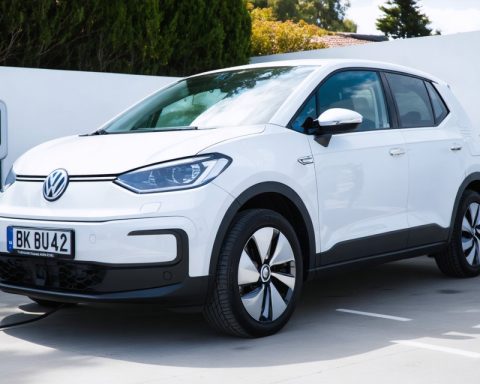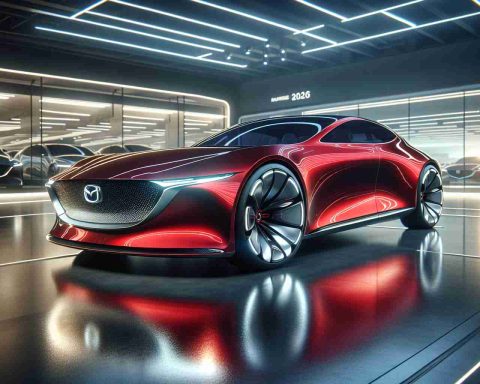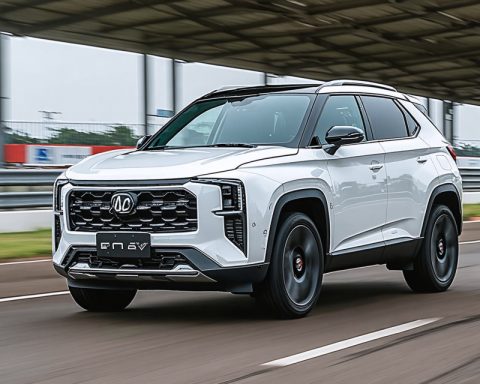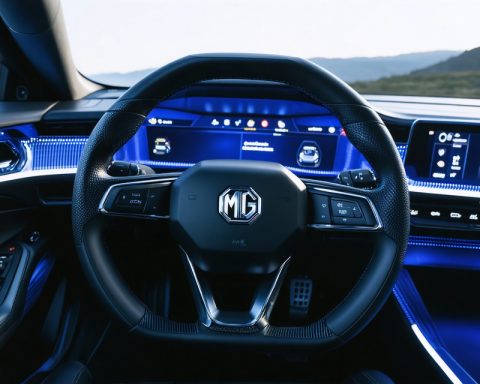- Charging infrastructure is crucial for the electric vehicle (EV) revolution, with Tesla’s wall connector being a prominent choice.
- A YouTube experiment tested Tesla’s wall connector against BYD’s ATTO 3 from China’s growing EV market.
- The Tesla charger delivered efficient performance, using 43.9 kWh at a cost of $8.78, highlighting its cost-effectiveness and adaptability.
- Results demonstrated Tesla’s engineering, showcasing compatibility with non-Tesla vehicles like the BYD ATTO 3.
- The test emphasized the importance of charging solution compatibility and efficiency for the future of EV adoption.
- Tesla’s success in this test suggests a more flexible and interconnected future for EV infrastructure, reducing reliance on brand-specific solutions.
When it comes to electric vehicles, charging infrastructure is the backbone that powers the EV revolution. In a fascinating turn of events, a compelling experiment unfolded, challenging the supremacy of Tesla’s vaunted wall connector by setting it against a rival—charging BYD’s ATTO 3, a leader from China’s burgeoning EV scene.
The test orchestrated by the YouTube channel EVsUndone injected a fresh perspective into the EV charging discourse. Rather than simply taking Tesla’s word for it, the creators resolved to pit these titans against each other. The Tesla wall connector, a symbol of innovation in the EV industry, went under the microscope to assess its prowess on foreign turf.
The BYD ATTO 3, known for its sleek design and range efficiency, was brought to a meager 35 percent state of charge at the trial’s outset. Tesla’s statement—that their chargers could juice up to 200 miles of range in just 15 minutes—tempted further exploration as they embarked on this electrifying duel.
As the test unfolded, the wall connector, often marketed as the gold standard of EV home charging, demonstrated its versatility and strength. The Chinese contender responded enthusiastically, gulping down electrons with ease. Charge complete, and the numbers spoke volumes: the Tesla charger utilized 43.9 kWh of electricity, translating to an economical $8.78 at a calculated rate of 20 cents per kWh.
The outcome highlights Tesla’s engineering prowess, capable of seamlessly interacting with its international competitor. For EV owners and enthusiasts alike, the implications are significant—Tesla’s chargers are not only efficient but surprisingly adaptable, offering a harmonious synergy even with non-Tesla vehicles.
This test not only underscores the importance of compatibility and efficiency in charging solutions but also promises an optimistic horizon for prospective EV adopters, suggesting that one might not need to be tied to a single brand’s infrastructure. The Tesla wall connector’s triumph in this test is more than a victory of machinery; it’s a beacon of promise for a greener, interconnected future.
Are Tesla Chargers the Ultimate Game-Changer for All EV Owners?
Expanding the Horizons of EV Charging: Insights and Implications
The experiment by EVsUndone, pitting Tesla’s renowned wall connector against BYD’s ATTO 3, not only enhances our understanding of charging capabilities but also offers a broader perspective on EV infrastructure as a whole. Here are additional facts and insights that weren’t fully covered in the source material:
How-To Steps & Life Hacks for EV Charging
1. Determine Your EV’s Charging Compatibility: Before purchasing a charger, ensure it is compatible with your EV model.
2. Maximize Charging Efficiency: Charge your EV during off-peak hours to save on electricity costs, as highlighted by Tesla’s economical charging performance in the test.
3. Ensure Safe Installation: Utilize a certified electrician to install home chargers to avoid electrical hazards and ensure optimal operation.
Real-World Use Cases and Industry Trends
– Growing EV Adoption: With increasing environmental awareness, more individuals are shifting to EVs, propelling the demand for extensive charging infrastructure.
– Third-Party Charger Compatibility: The successful charging of BYD’s ATTO 3 using a Tesla charger reflects the growing trend toward cross-brand compatibility.
Market Forecasts
– Charging Station Market Growth: The global EV charging infrastructure market could grow at a CAGR of 33.6% from 2021 to 2028, driven by technological advancements and increased EV adoption.
– Rising Competitiveness: Companies like Tesla remain at the forefront, but others are quickly catching up, offering innovative solutions to meet diverse consumer needs.
Pros & Cons Overview
– Pros of Tesla Chargers:
– High efficiency and fast charging capabilities
– Wide compatibility with non-Tesla vehicles, as demonstrated by the ATTO 3 test
– Robust and reliable technology, reflecting an innovative edge
– Cons of Tesla Chargers:
– Initial installation costs can be high, depending on the site and specific requirements
– Despite increasing compatibility, not all EVs may benefit equally from Tesla’s proprietary technology
Reviews & Comparisons
– User Reviews: Tesla chargers are consistently praised for their reliability and performance, bolstering Tesla’s advantageous position in the EV market.
– Comparison with Rivals: While Tesla leads in charging efficiency, other companies focus on affordability and accessibility in diverse markets.
Security & Sustainability
– Security Measures: Tesla chargers include features designed to prevent unauthorized usage, maintaining security for homeowners.
– Environmental Impact: By promoting efficient energy use, Tesla chargers contribute to reducing carbon footprints, aligning with global sustainability goals.
Actionable Recommendations for EV Owners
1. Evaluate Your Charging Needs: Understand your daily mileage and charging habits to select the most efficient charger for your home.
2. Embrace Compatibility: Take advantage of charging solutions that offer flexibility, providing the freedom to choose and switch between different EV brands.
3. Stay Informed: Monitor industry trends and technological advancements to future-proof your investment in EV infrastructure.
Conclusion
The recent test underscores Tesla’s charger capability and adaptability, serving as a testament to innovation in EV technology. As we continue to expand the global charging infrastructure, both manufacturers and consumers should embrace systems that offer flexibility and efficiency, helping drive the world toward a more sustainable future.
For more fascinating insights into the EV world, continue exploring Tesla.





















